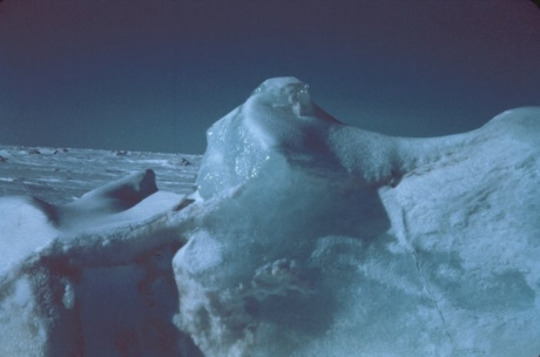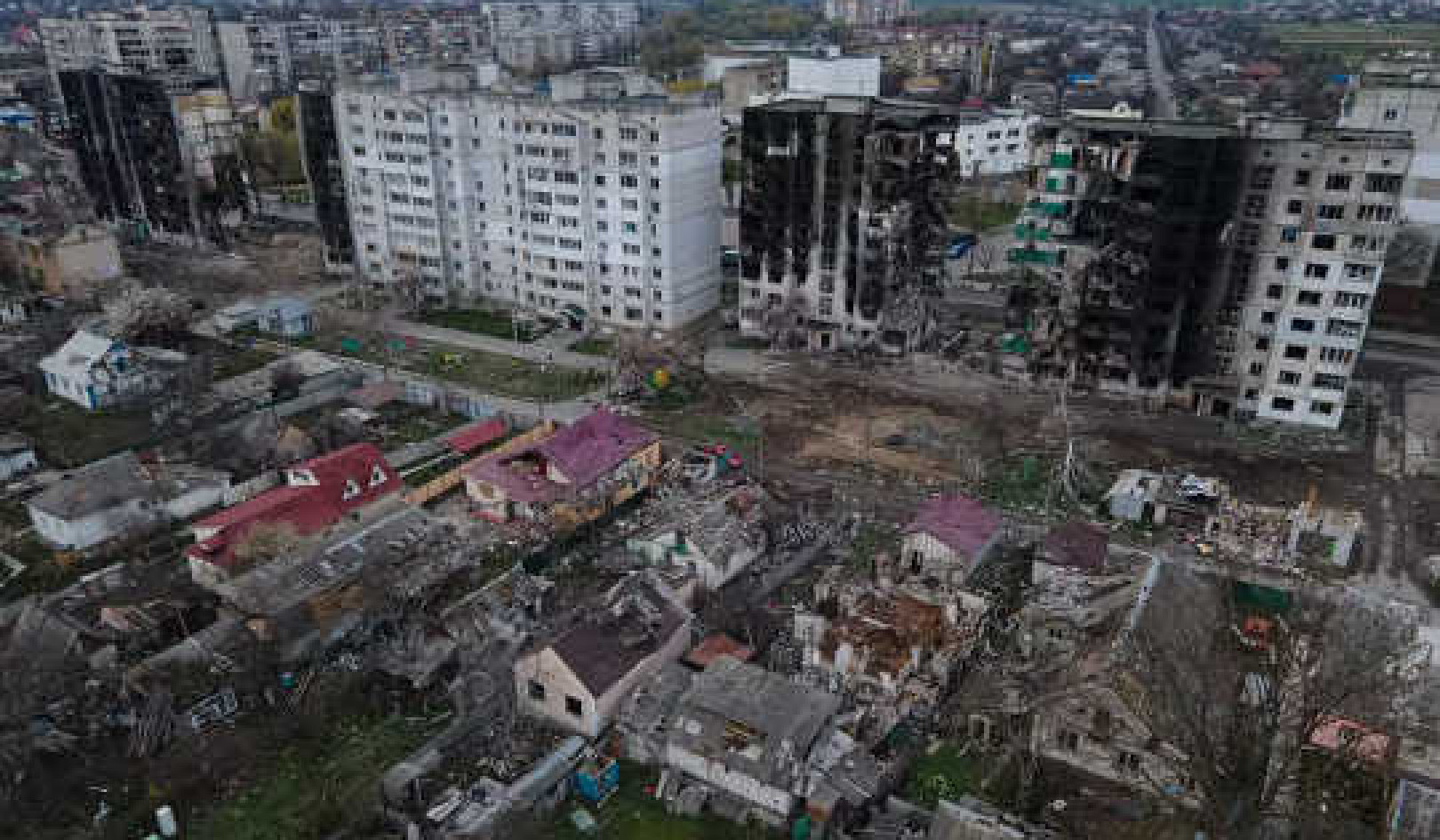 Alaska’s North Slope: Scientists think some Arctic warming may be going undetected - Image: US NOAA vis Wikimedia Commons
Alaska’s North Slope: Scientists think some Arctic warming may be going undetected - Image: US NOAA vis Wikimedia CommonsThe world may be warming more than twice as fast as thought because some key data has been overlooked, two scientists argue. But others think seasonal changes in the Pacific have led to an over-estimate of the warming.
Two scientists have yet another explanation for the apparent slowdown in global warming: the meteorologists just haven’t been looking in the right places. And two climate researchers in Alabama have a counter proposal: the influence of a natural cycle of warming and cooling in the Pacific is more powerful than anybody first thought and right now, the ocean is in a cooling phase.
First, a restatement of the puzzle: carbon dioxide emissions in the atmosphere are increasing. Carbon dioxide traps infrared radiation, which means that the planet warms. From 1970 to 1998, average global temperatures rose at a rate of 0.17°C per decade. Since 1999, the rate of warming has slowed to 0.04°C per decade.
But the world is still burning fossil fuels. The planet ought to be hotter by now than the measurements suggest. Where is the missing heat?
Global warming sceptics scoffed and claimed that climate scientists had been wrong all along. Climate scientists patiently explained that the heat must be going somewhere, perhaps into the deep oceans far below the surface.
One team recently proposed that the apparent slowdown could be a consequence of the phasing out of ozone-destroying chlorofluorocarbon (CFC) refrigerant gases: these were released in small quantities but were very potent greenhouse gases.
Yet another group suggested that there was a long-term cycle of fluctuation – they called it the stadium wave theory – that meteorologists had simply not yet noticed, because climate records were all relatively recent.
No Warming Pause Detected
And now Kevin Cowtan, a computational scientist at the University of York in the United Kingdom, and Robert Way of the University of Ottawa in Canada have put forward yet another suggestion. They propose, in the Quarterly Journal of the Royal Meteorological Society, that the warming is there but is not being measured.
The dataset used by the UK Met Office, for instance, covers five sixths of the globe – but some of the missing one-sixth is around the Arctic Circle, and that might be crucial. The Arctic is warming at about eight times the rate of the rest of the planet and the polar ice is in dramatic retreat.
Data tends to be collected most intensely where the scientists are based, which is why parts of Africa and the very high latitudes are not well-represented in the measurements. So Cowtan and Way reconstructed the “missing” global temperatures with observations from satellites and surface data from weather stations and ships around the unsampled regions.
And they conclude that with this extra, hitherto absent information, the world could be warming at two and a half times the rate that the Met Office findings suggest.
Cowtan is not a climate scientist, although his calculations are good enough for a respected meteorological journal, and in any case the conclusions are tentative. He says: “There’s a perception that global warming has stopped, but in fact our data suggests otherwise.
“The reality is that 16 years is too short a period to draw a reliable conclusion. We find only weak evidence of any change in the rate of global warming.”
Climate Sensitivity Halved?
But across the Atlantic at the University of Alabama in Huntsville, Roy Spencer and Danny Braswell propose another explanation. More frequent natural cooling in the oceans – these are the so-called La Niña events – could be offsetting any expected global warming.
Conversely, some of the already observed global warming since 1950 could be a consequence of a series of sweltering El Niño events in the Pacific up to 1998. El Niño means The Child, and Spanish-speaking fishermen gave the phenomenon that name because it tends to occur around Christmastide.
These natural cycles of warming and cooling in the oceans complicate the picture and cause head-scratching among climate researchers, but they also present much more alarming portents for farmers and townspeople on both sides of the Pacific, and far beyond, as weather patterns reverse, fish catches fail, tropical rainforests catch fire, harvests shrivel, normally dry and sunny coasts become flooded and so on.
Spencer and Braswell’s research, published in the Asia-Pacific Journal of Atmospheric Sciences, is also based on computational calculation, but it reveals a pattern of change in cloud cover that if confirmed might make a serious difference to long-term climate projections.
During La Niña events, global cloud cover increases, and more solar energy is reflected back into space, with a consequent lowering of global average temperatures. During an El Niño event, the skies are clearer, and the world palpably hotter.
“As a result, because as much as 50% of the warming could be attributed to stronger El Niño activity, it suggests that the climate system is only about half as sensitive to increasing CO2 as previously believed,” said Spencer. – Climate News Network



























